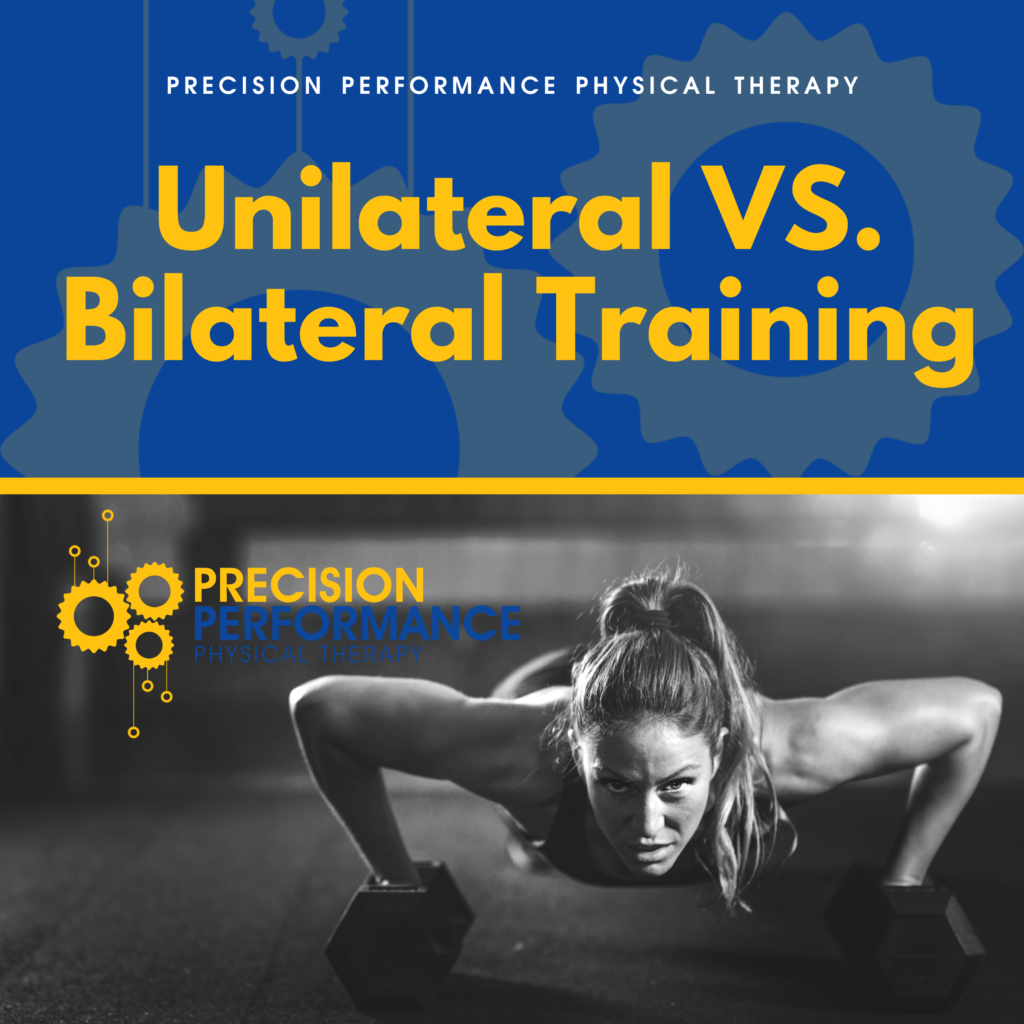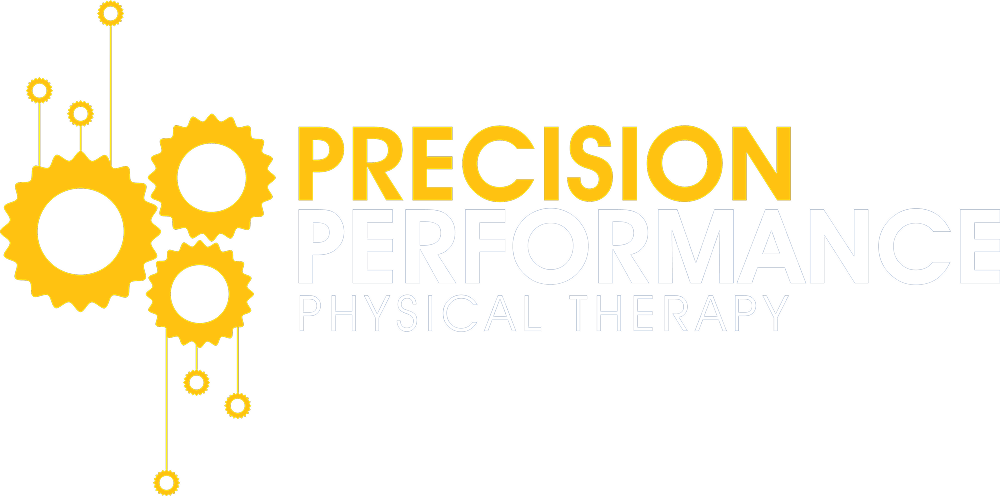Unilateral vs Bilateral Training

When it comes to a training program, will unilateral or bilateral training be more beneficial to your client? Our answer: It depends. Both have their place in a training program, but there are a few things to keep in mind, like age, training experience, goals, whether they play a sport, and if it’s in-season or off-season. Let’s take a look at the benefits of unilateral and bilateral training and when you might want to use each of them.
Unilateral training
For a beginner, unilateral exercises are great for taking your time and learning how to do the exercises properly. Because only one arm or leg is being used at a time, the weight-bearing capacity is going to be much less than a bilateral exercise. So, why train unilaterally?
Benefits of unilateral training:
Teaches and strengthens core stability
Unilateral exercises encourage good form and core strength. During these exercises, the core works to prevent any rotation, so you get more core strength from unilateral than bilateral exercises.
Mimics movements from a client’s sport
Any sport that involves running or throwing can benefit from unilateral training. Even in our everyday lives, we’re constantly on one leg walking or climbing stairs. For this reason, it’s good to focus on unilateral exercises that will reflect what the athlete will be doing on the field. Precision Performance tends to lean more toward unilateral training because of this.
Each side exercises equally
Athletes often have muscular imbalances because their sport may require repetitive movements that only strengthen certain areas. If an athlete were to enter the gym and do only bilateral training, chances are they would rely on the dominant arm and leg to bear most of the load. When training unilaterally, an athlete can’t rely on a dominant limb to bear the load. Therefore, they get a more well-rounded workout.
Bilateral training
Bilateral exercises are performed using both arms or legs at the same time. Both limbs share the resistance and work together to move the load. These exercises are great for clients who are weaker or are trying to build total strength.
Benefits of bilateral training:
You can lift more weight
Two limbs are stronger than one. With bilateral exercises, you can load up more weight to build strength faster than you would with unilateral training. Strength-based sports like powerlifting benefit more from bilateral training for this reason.
Train both sides simultaneously
When training bilaterally, you’re working out both limbs simultaneously, which could significantly increase the efficiency of a workout. Training unilaterally requires an athlete to perform sets one limb at a time. This fatigues the muscles and central nervous system faster than bilateral training and by the time the athlete gets to reps on the other side, the performance will not be as strong.
Greater performance and maximum power
Because you can do heavier loads with bilateral training, performance and maximum power increases. The ability to move more weight at a fast velocity means that force production and power enhancements can be achieved.
At the end of the day, athletes should be training with a mix of both unilateral and bilateral exercises. Whether your program is more unilateral or bilateral should depend on who the athlete is, what sport they play, and what they’re trying to accomplish from a training program. It’s the trainer’s job to listen and assess the abilities of the athlete to make the best program that will yield the best results.
If you want to learn more about unilateral versus bilateral training, listen to our Training Room Talk episode, sponsored by Precision Performance Physical Therapy: https://soundcloud.com/training_room_talk/episode-13-u-vs-bl-exercise
